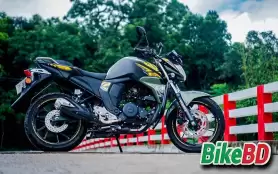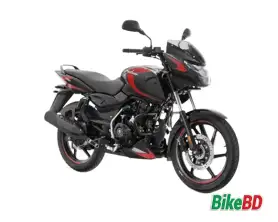Where is the choke located in Yamaha R15 V3.0?
This page was last updated on 12-Aug-2024 11:42am , By imran
The Yamaha R15 V3 is a sports bike. The engine of the Yamaha R15 V3 is a fuel injected engine. Fuel injected engines have a reputation for starting at almost any temperature. This is mostly because motorcycle fuel injection comes with a fuel map. In this article we will be discussing the choke and why it is needed. You can see Latest Price of r15 v3 price in bd.
Where is the choke located in the Yamaha R15 V3?

In modern motorcycles, there are two types of engines: The carburetor and the fuel injector engine. The Yamaha R15 V3 gets a fuel injected engine. The other kind, the carburetor is a common type of engine as well, however the carburetor engine is going out of the market. Due to the emission regulations of different regions, the carburetor is going out of style.
Every engine requires fuel, but this fuel cannot be sent to the engine unregulated; that is where the Carburetor makes the entry. The carburetor contains two jets; the pilot jet and the main jet. The pilot jet is used to provide enough fuel to the engine to keep it idling. The main jet is used to provide fuel to the engine for power.

During winter mornings, or after the bike has not been turned on for a while, the engine struggles to start. This happens because the fuel is either too light or the air is too light. When the fuel is too light due to being too cold, the air supply has to be brought down to match, or when the air is too light, the fuel must be brought down to match. Both of the aforementioned functions are done by one single knob, the CHOKE.
On the contrary, during R&D of a motorcycle, the motorcycle is put on a dyno and tested under different conditions. After different conditions are tested with the engine, a fuel map is formed. The fuel map is a chart which contains different amounts of fuel patterns according to different conditions. There are different sensors all around the bike, such as temperature, pressure, and many more. These sensors collect information and send it to the ECU. The ECU takes this information and correlates it to the fuel map. After correlating, the fuel map decides which amount of fuel is required. During cold mornings and long intervals, the ECU can easily detect the condition and turn the engine on without any problem. This is why Fuel Injected engines don’t require a choke.

Hence, we can conclude that the R15 V3 does not have a choke, nor does it require one. The Yamaha R15 V3 is a great bike for fuel efficiency as well, as the engine has a fuel pattern for a lot of situations. Hence, there is better fuel efficiency in the fuel injected engines.













